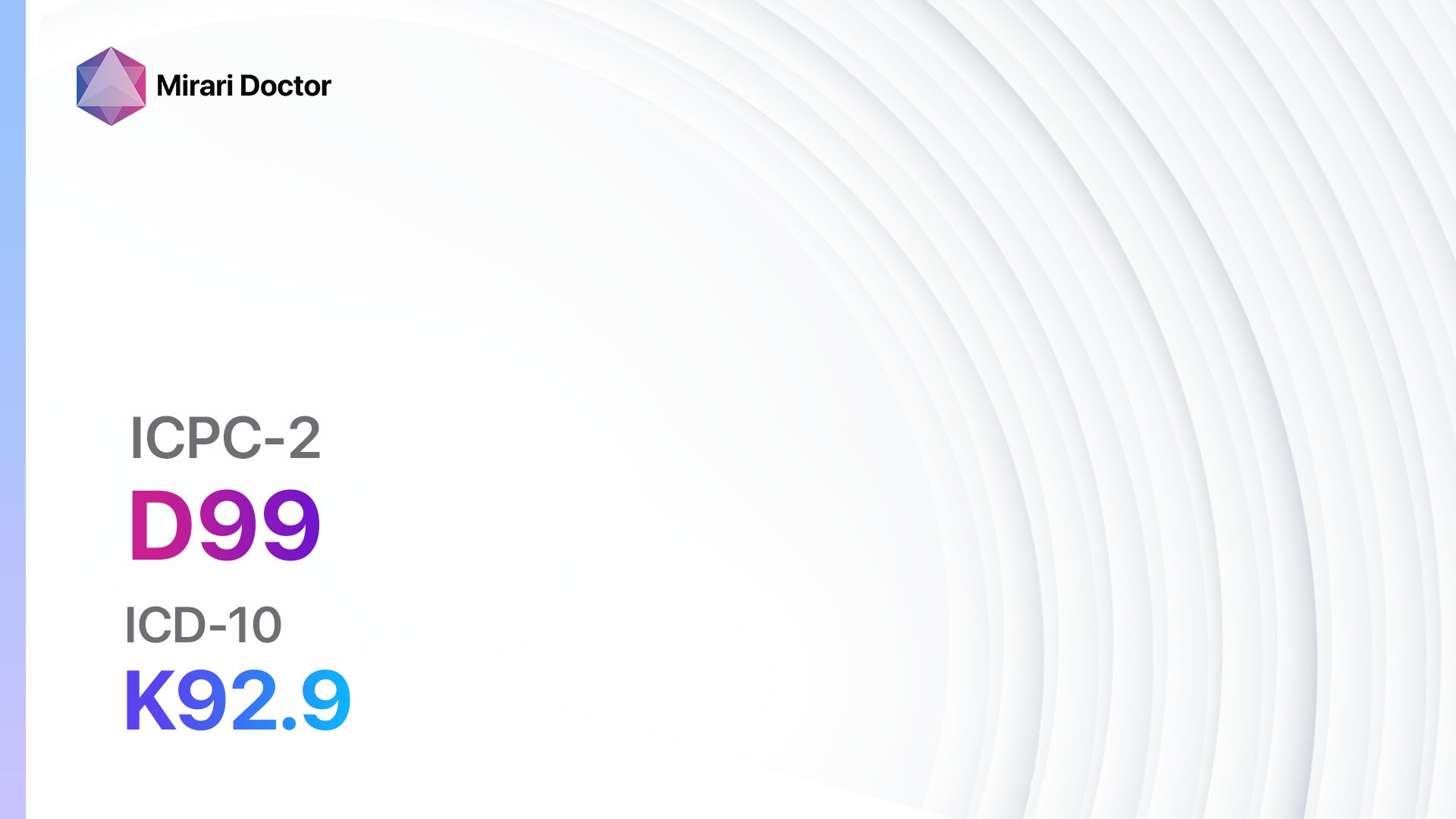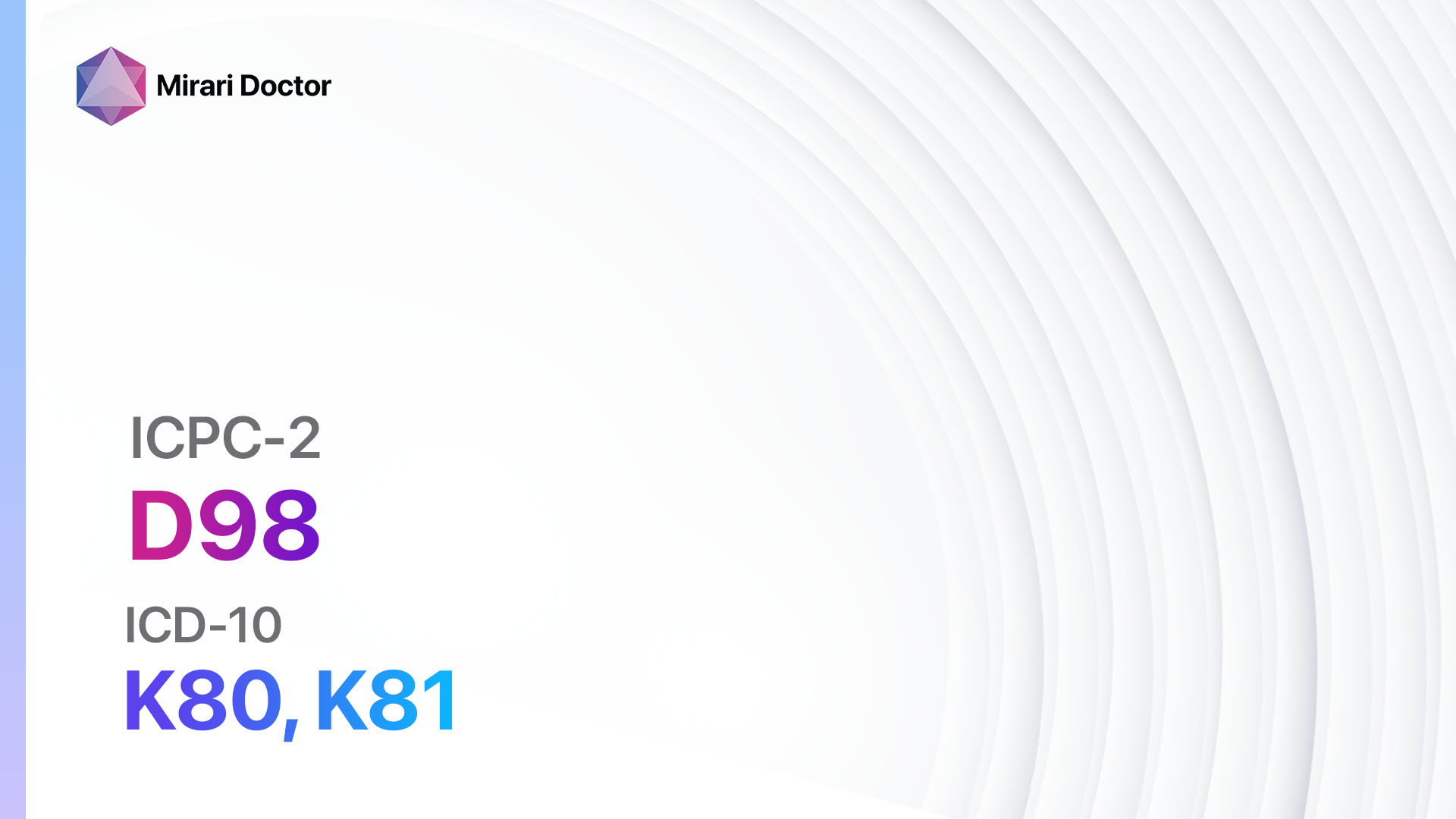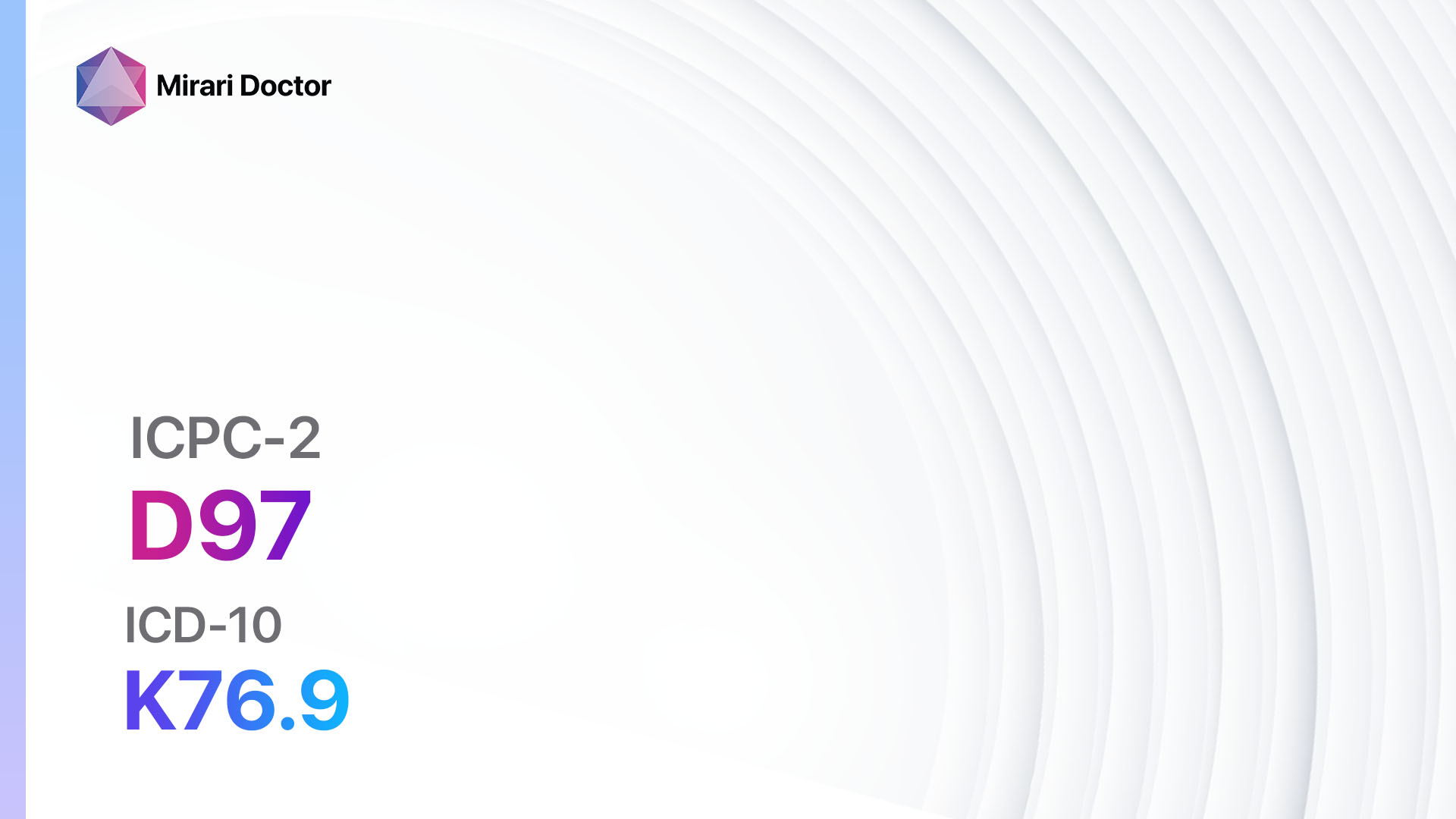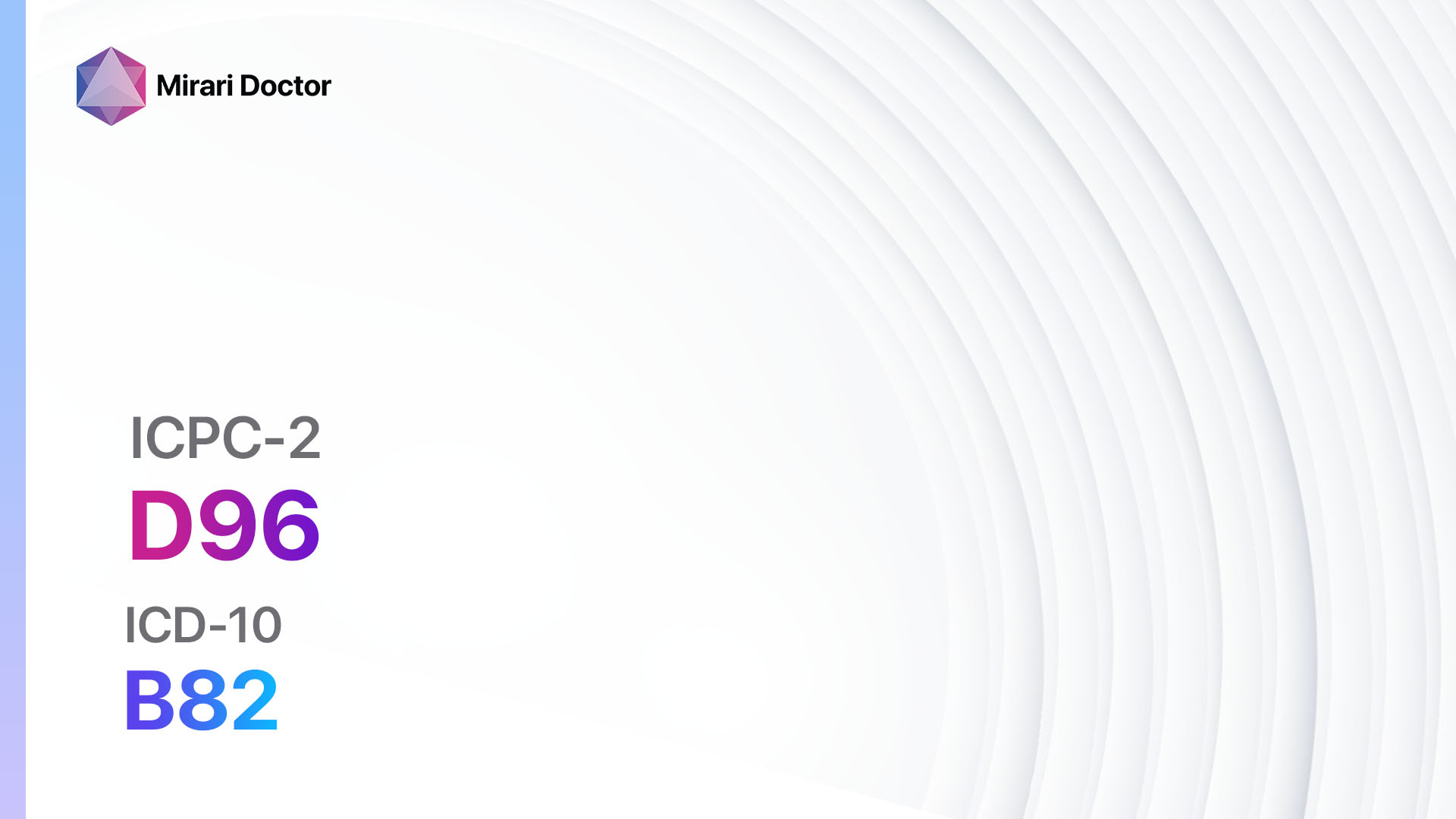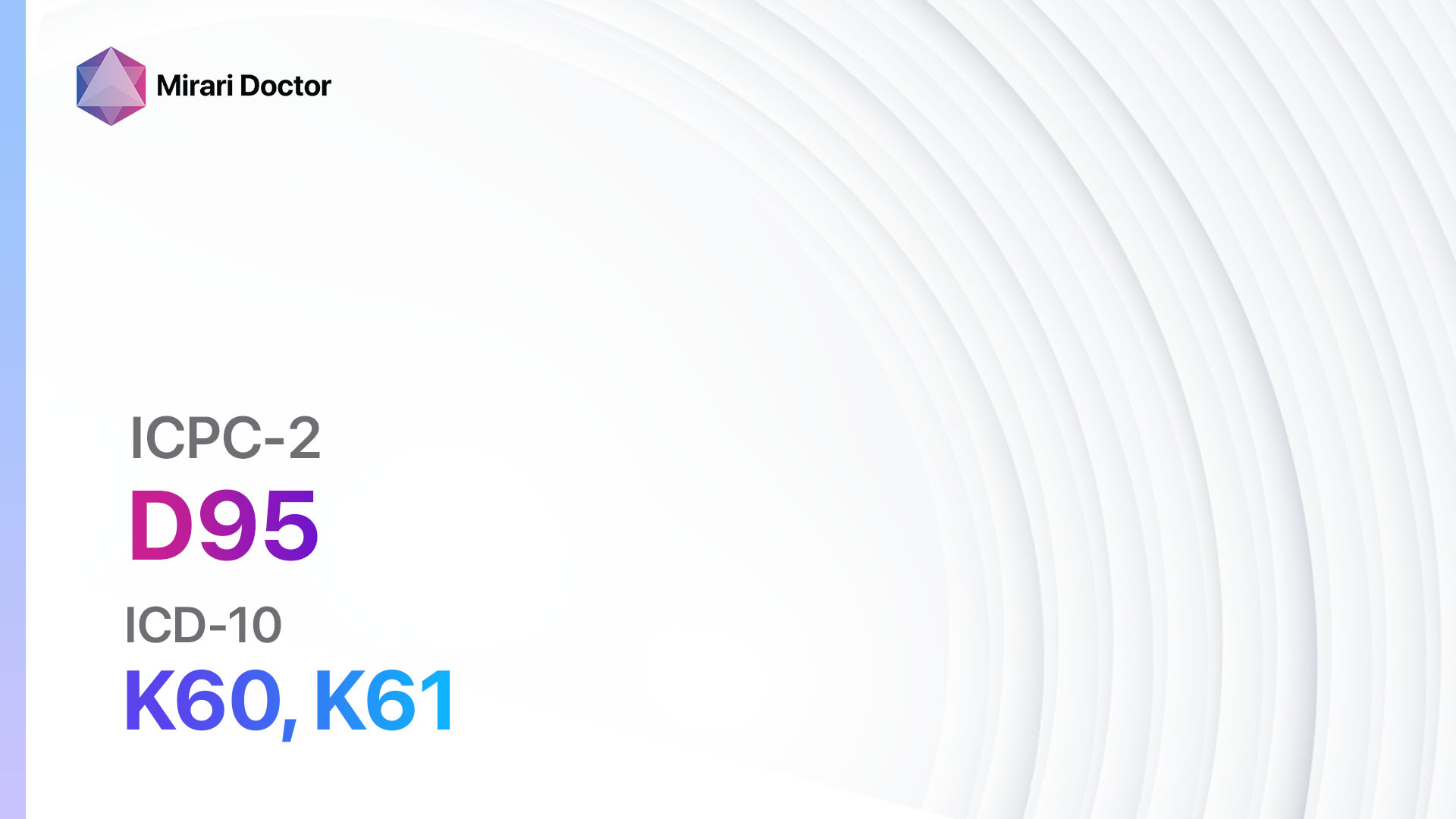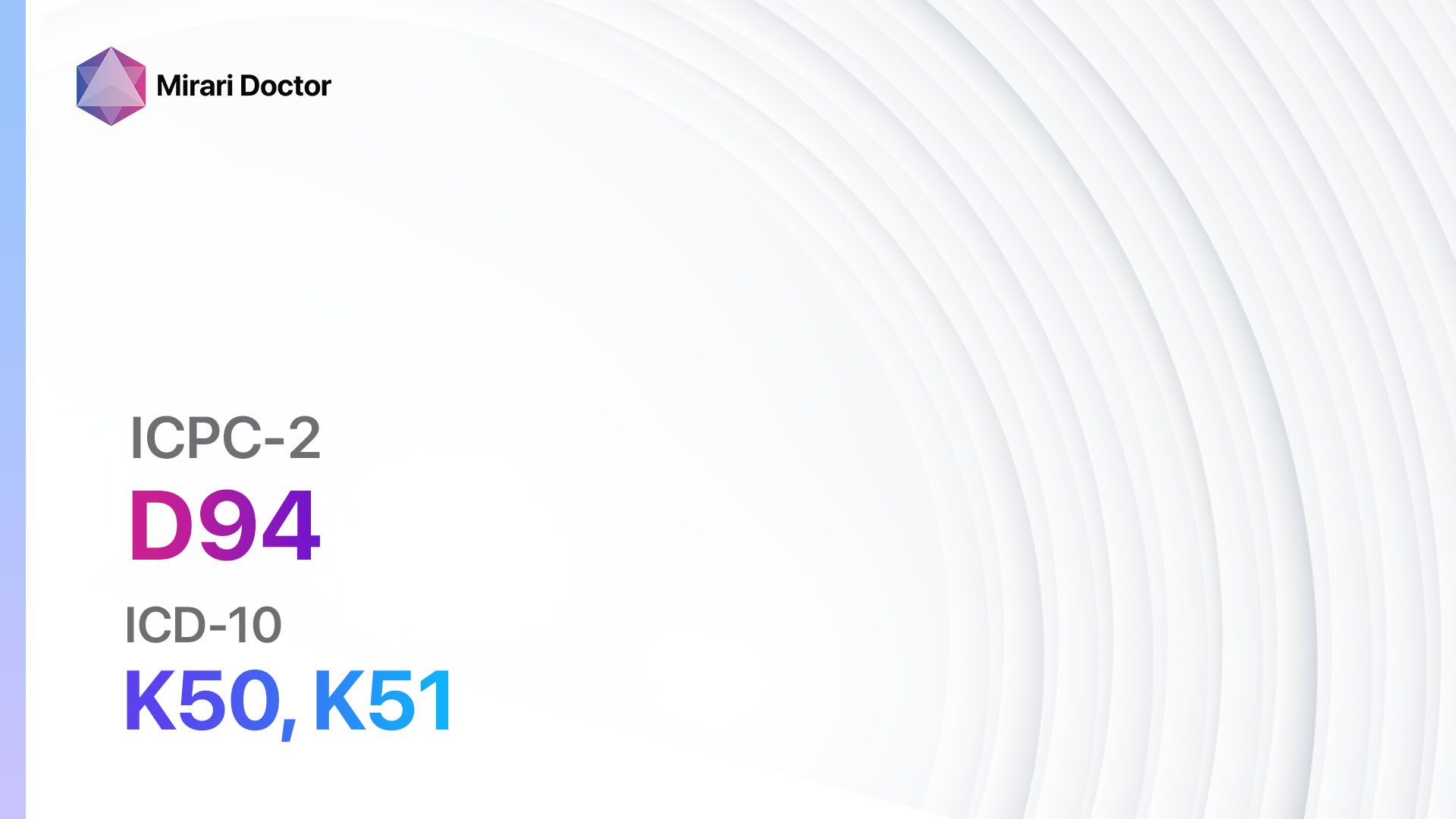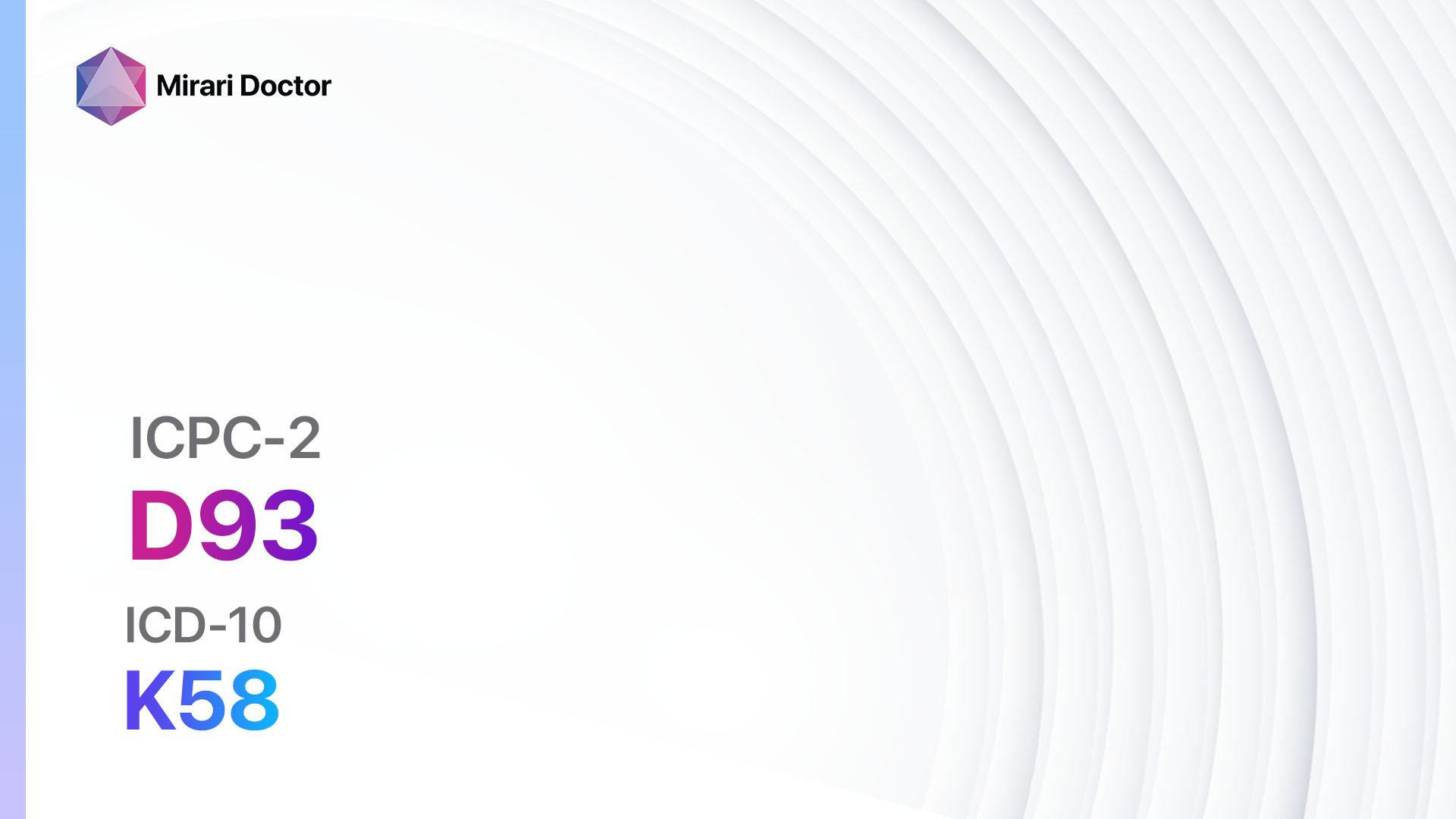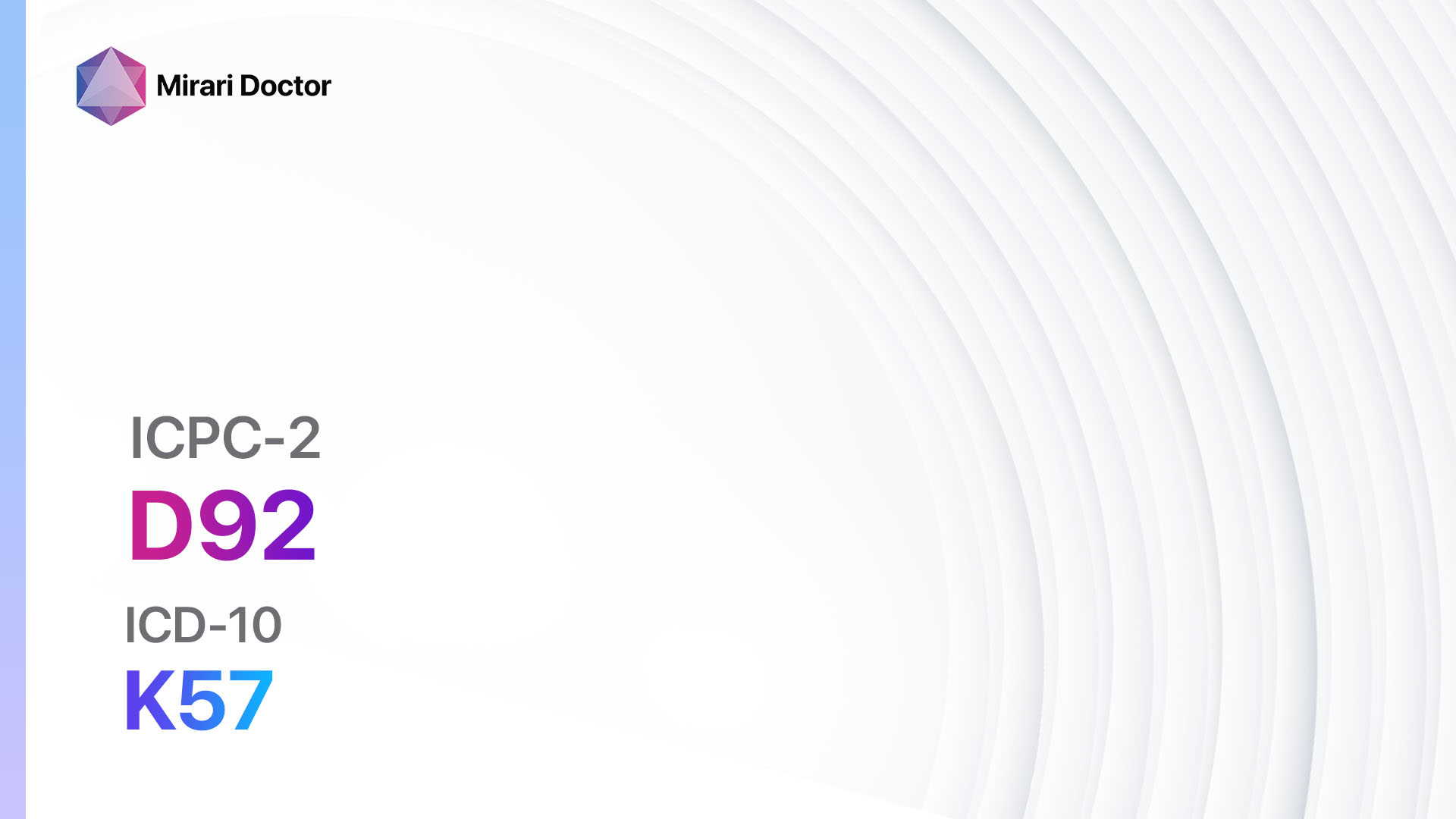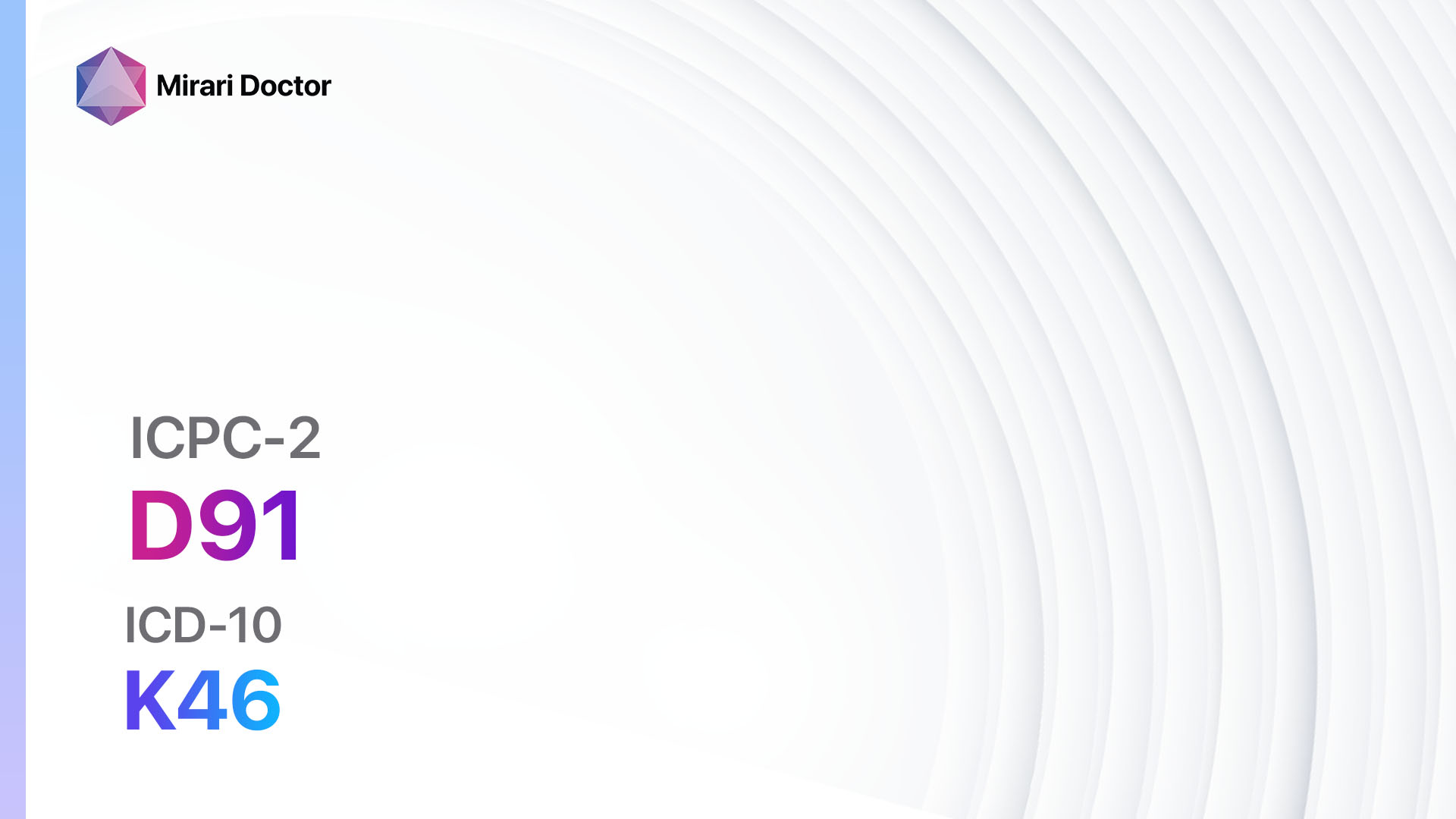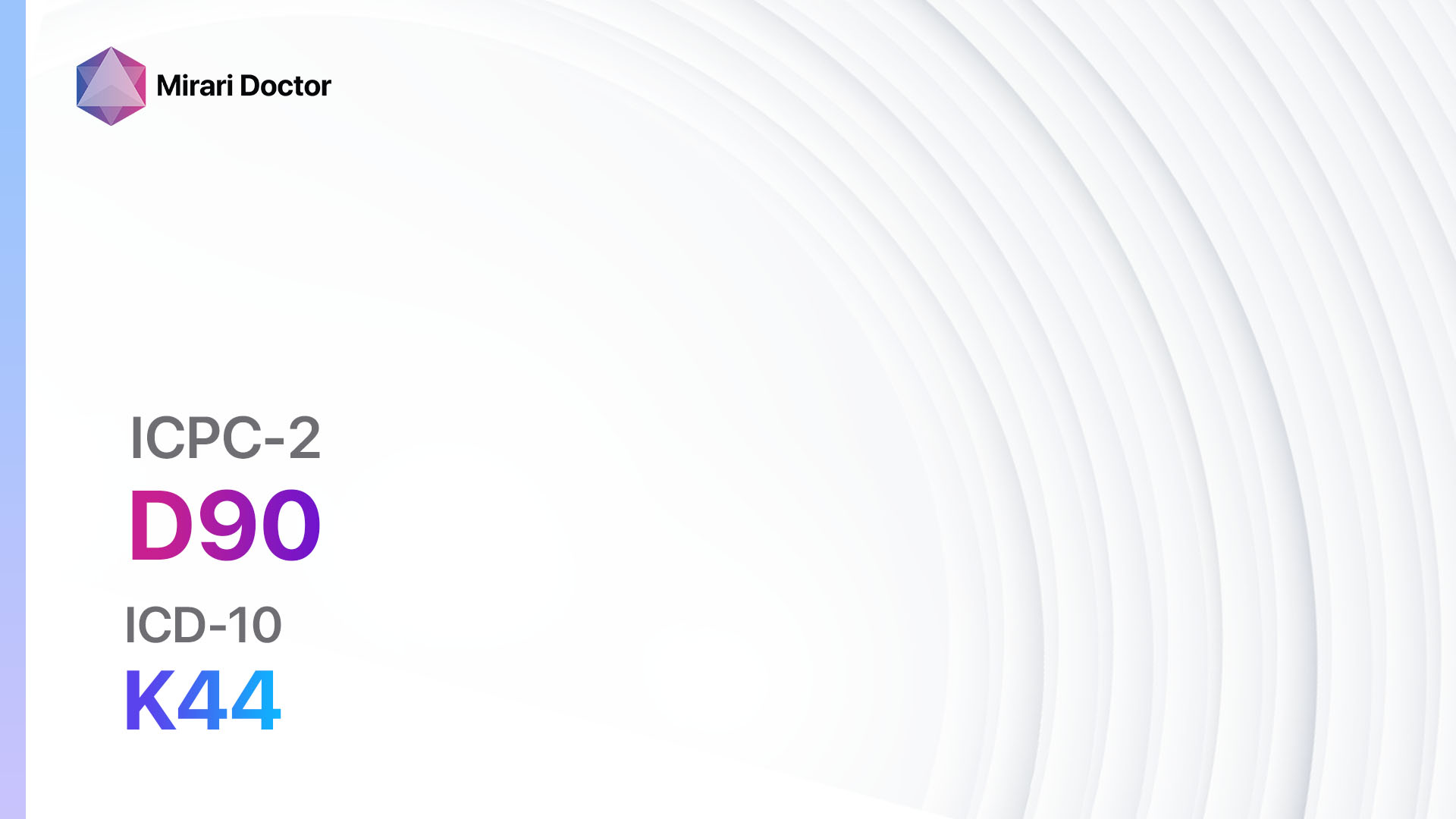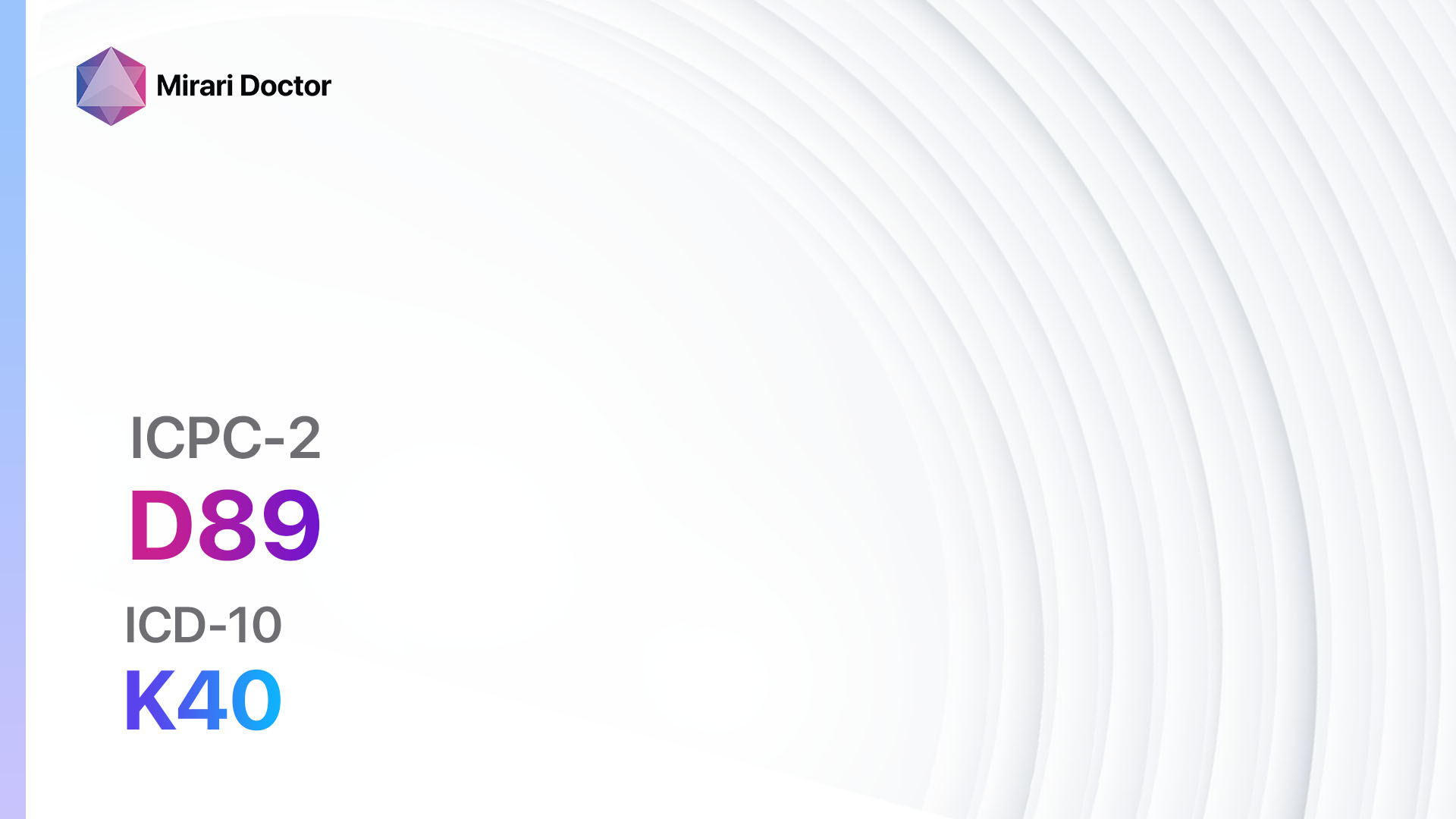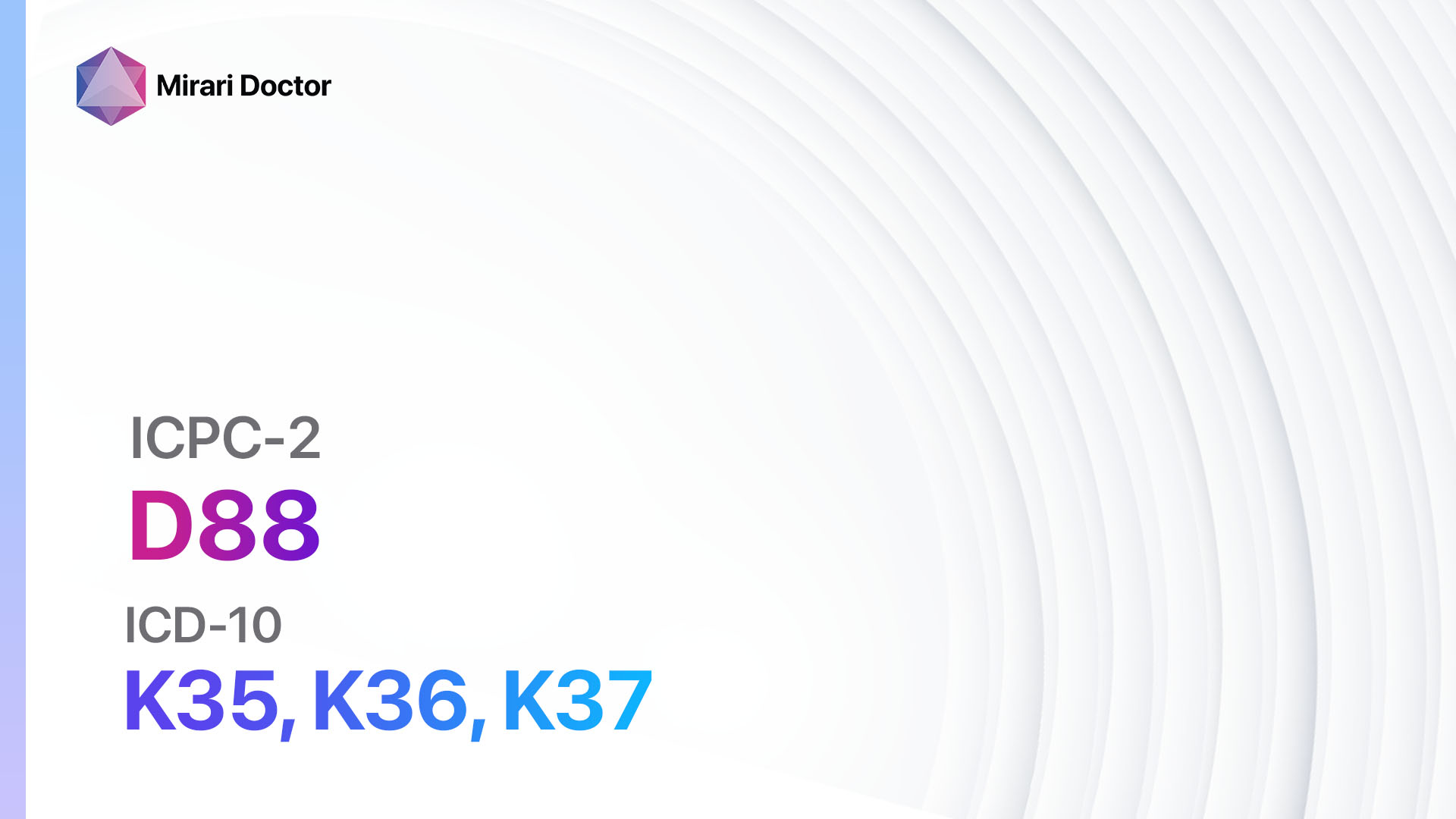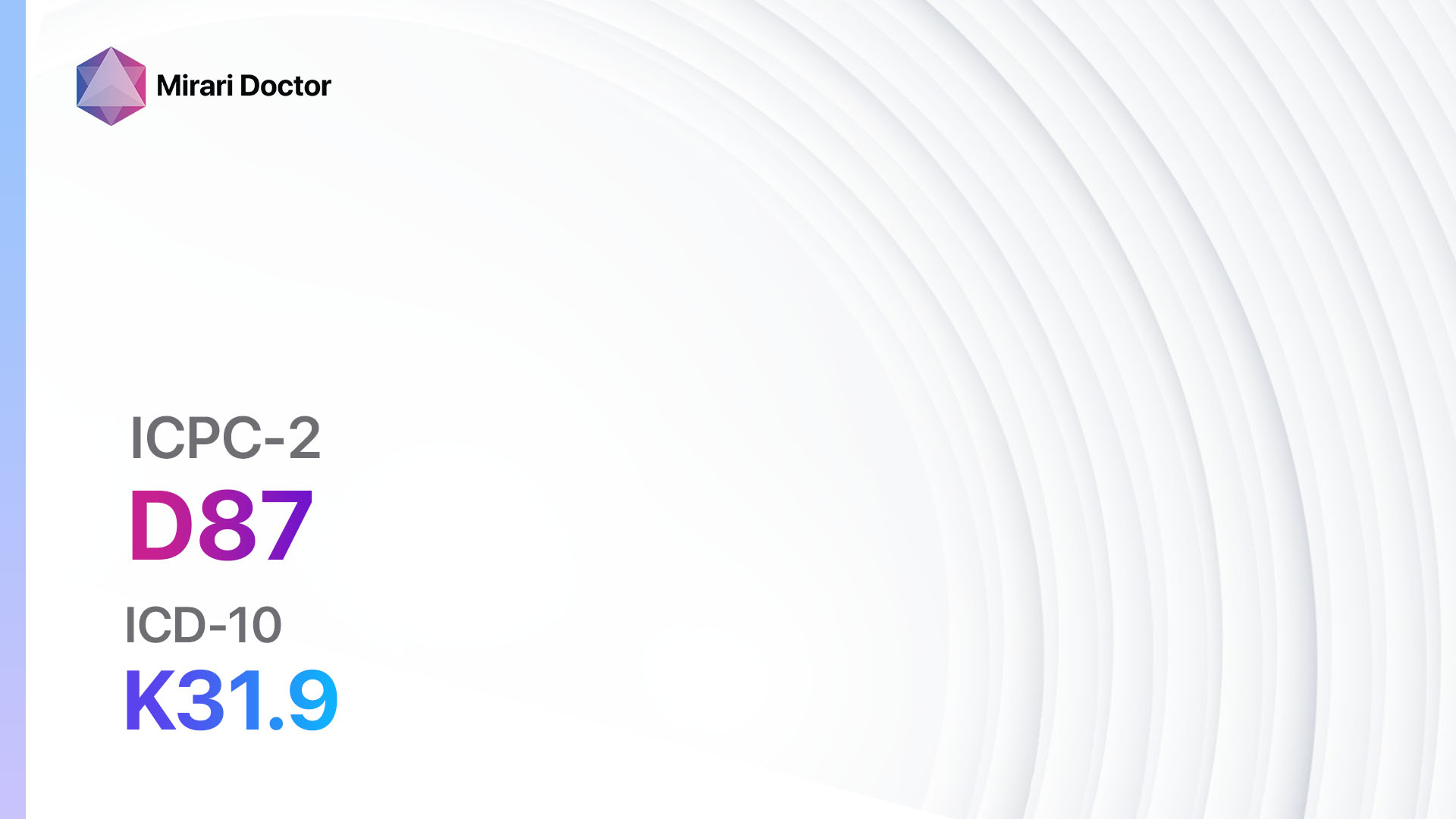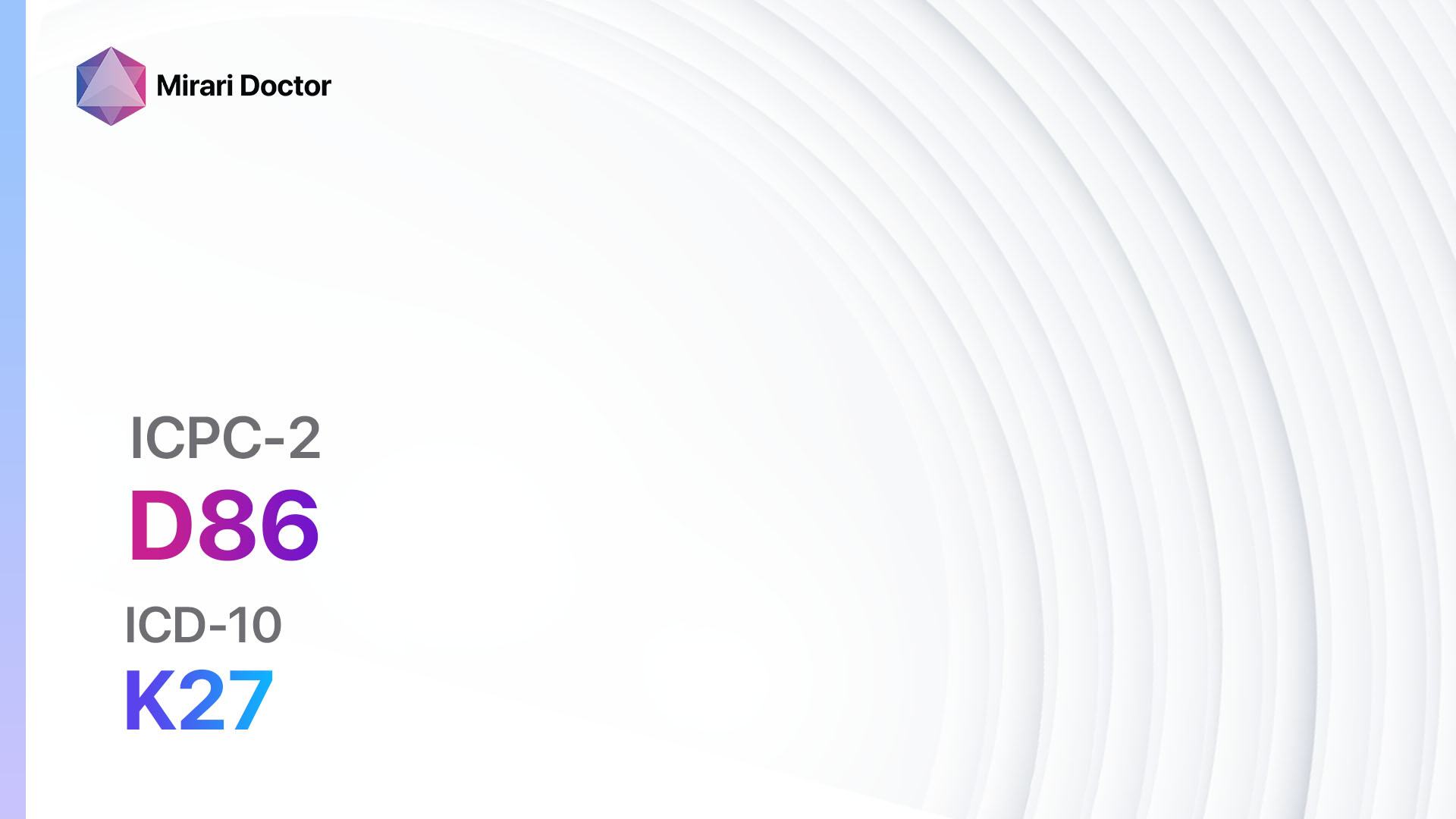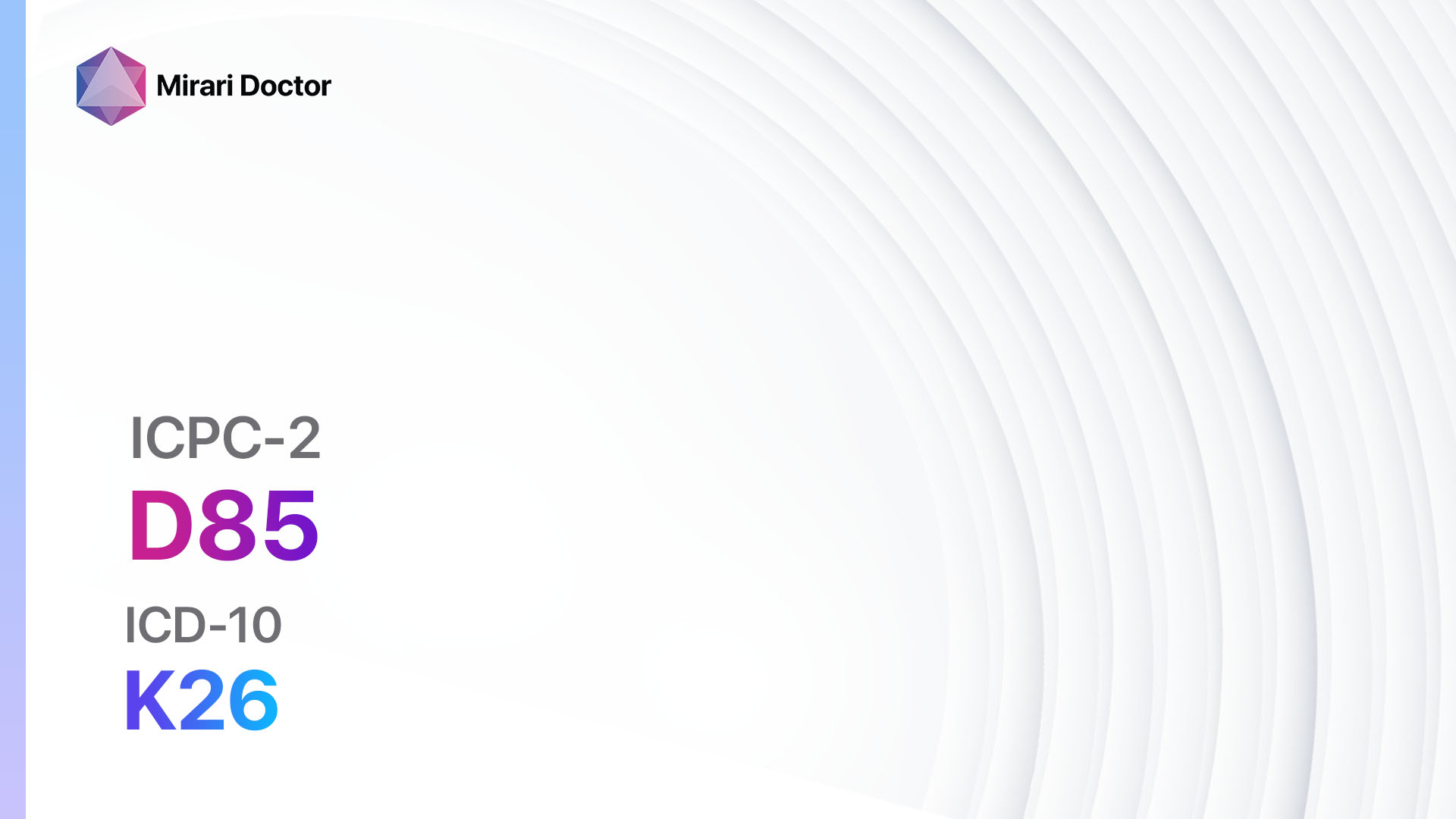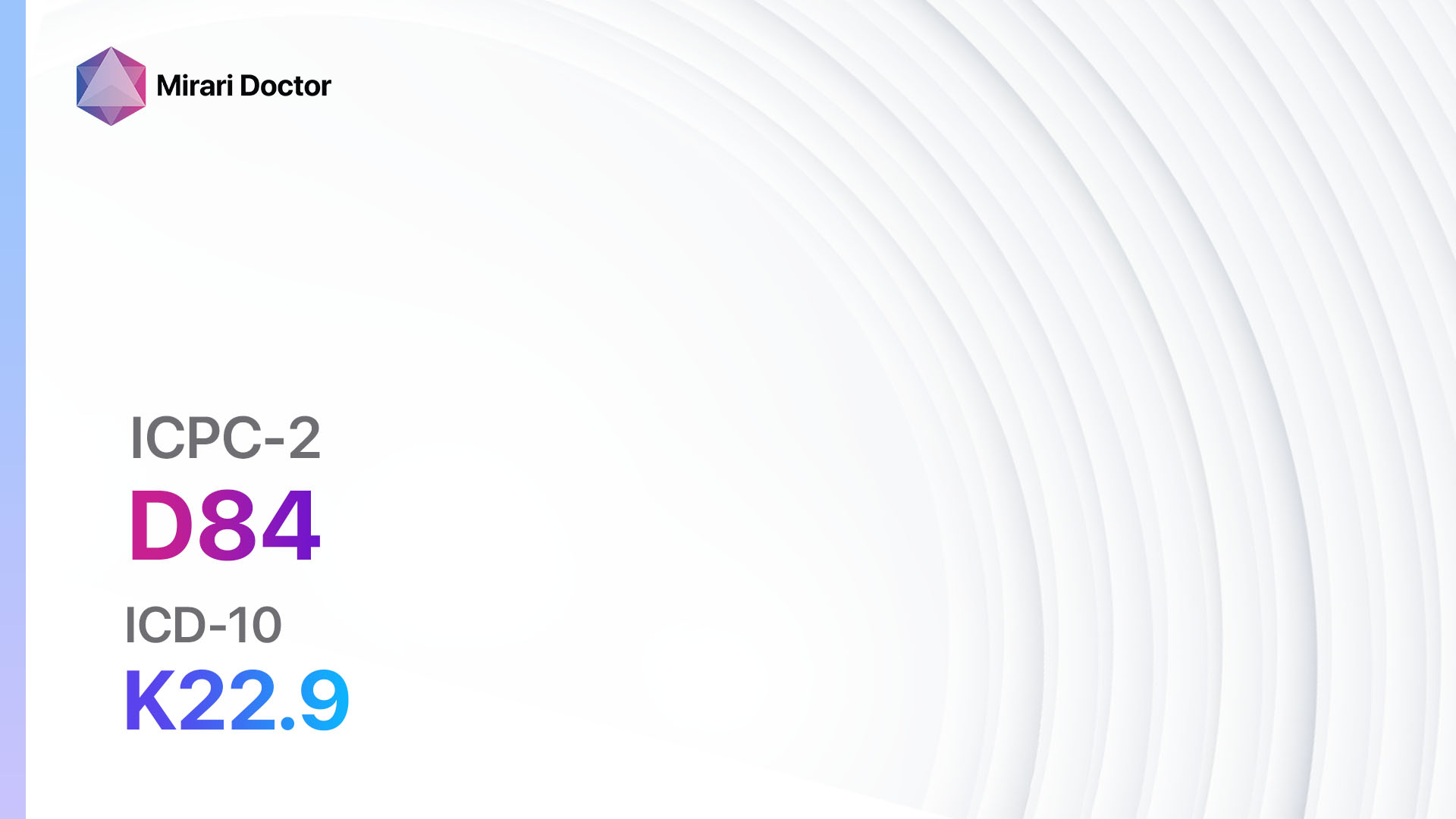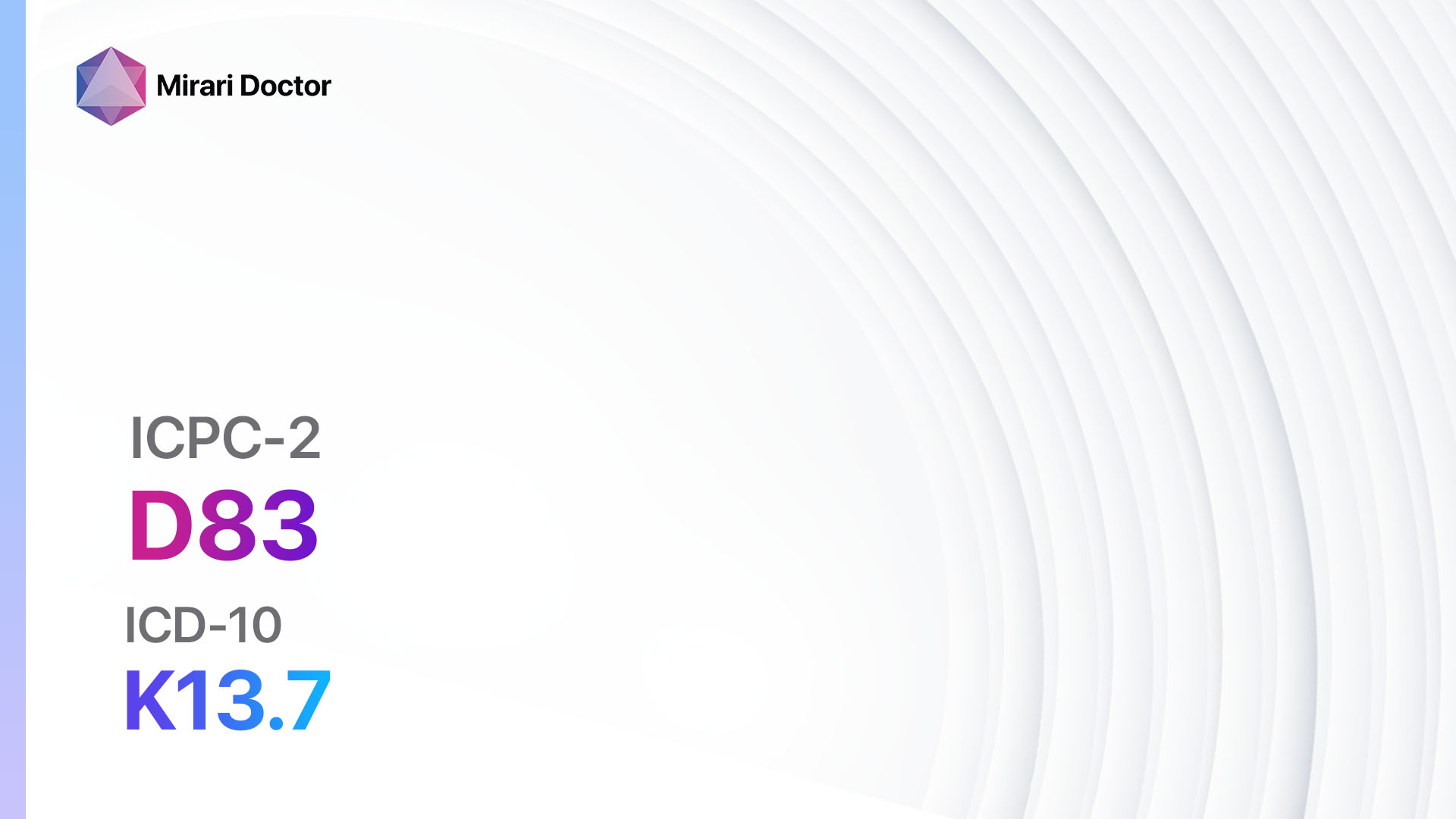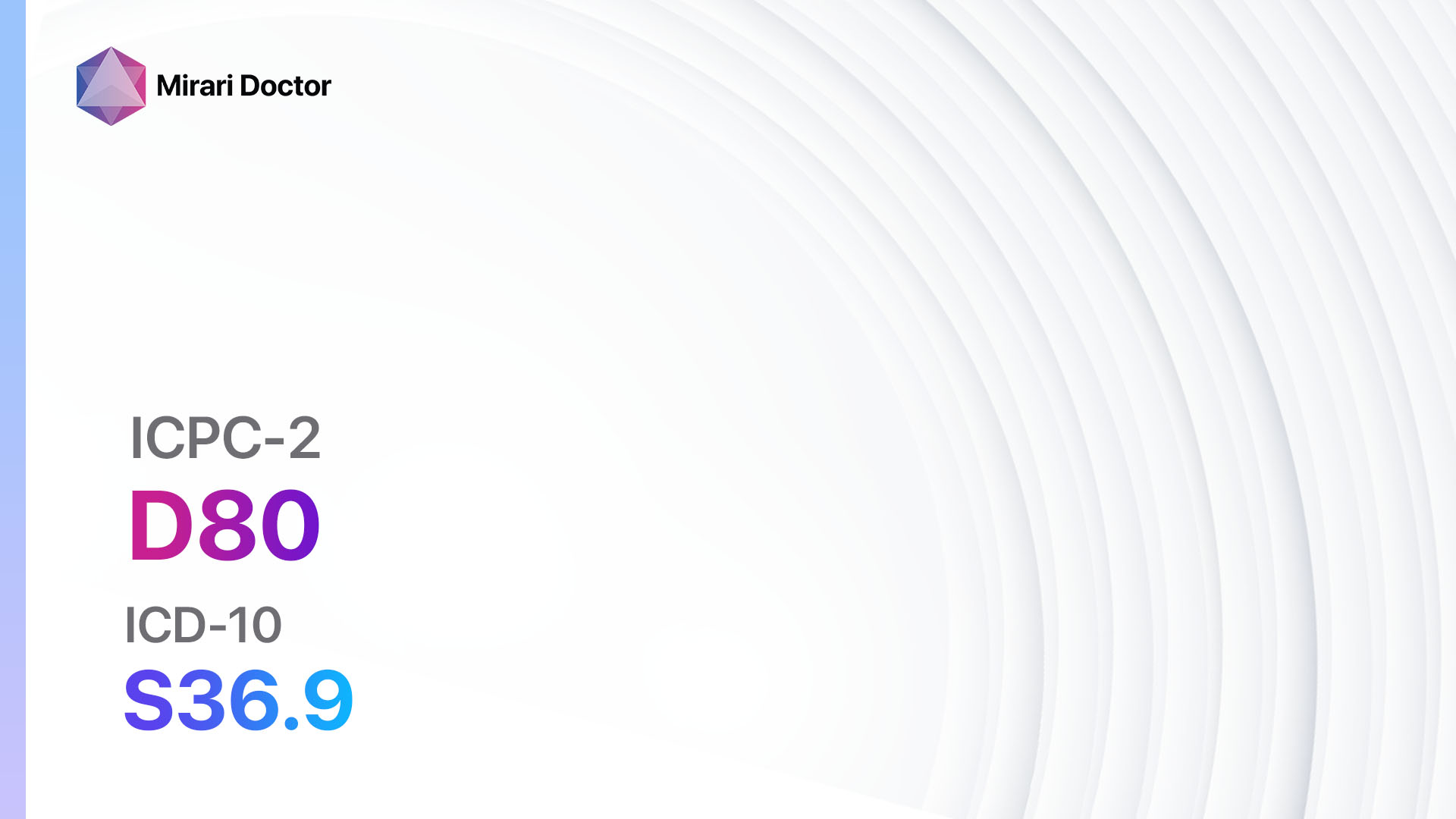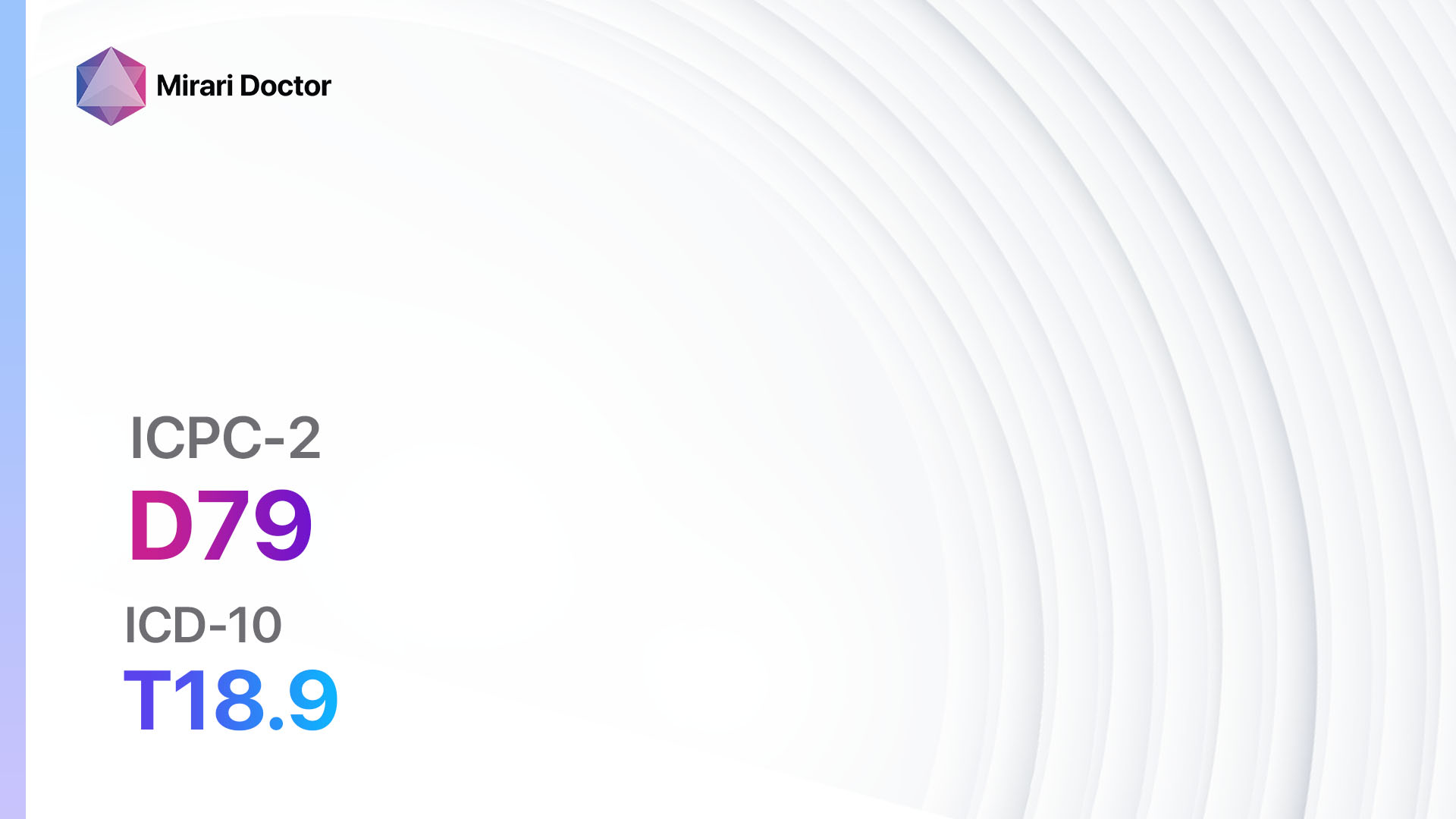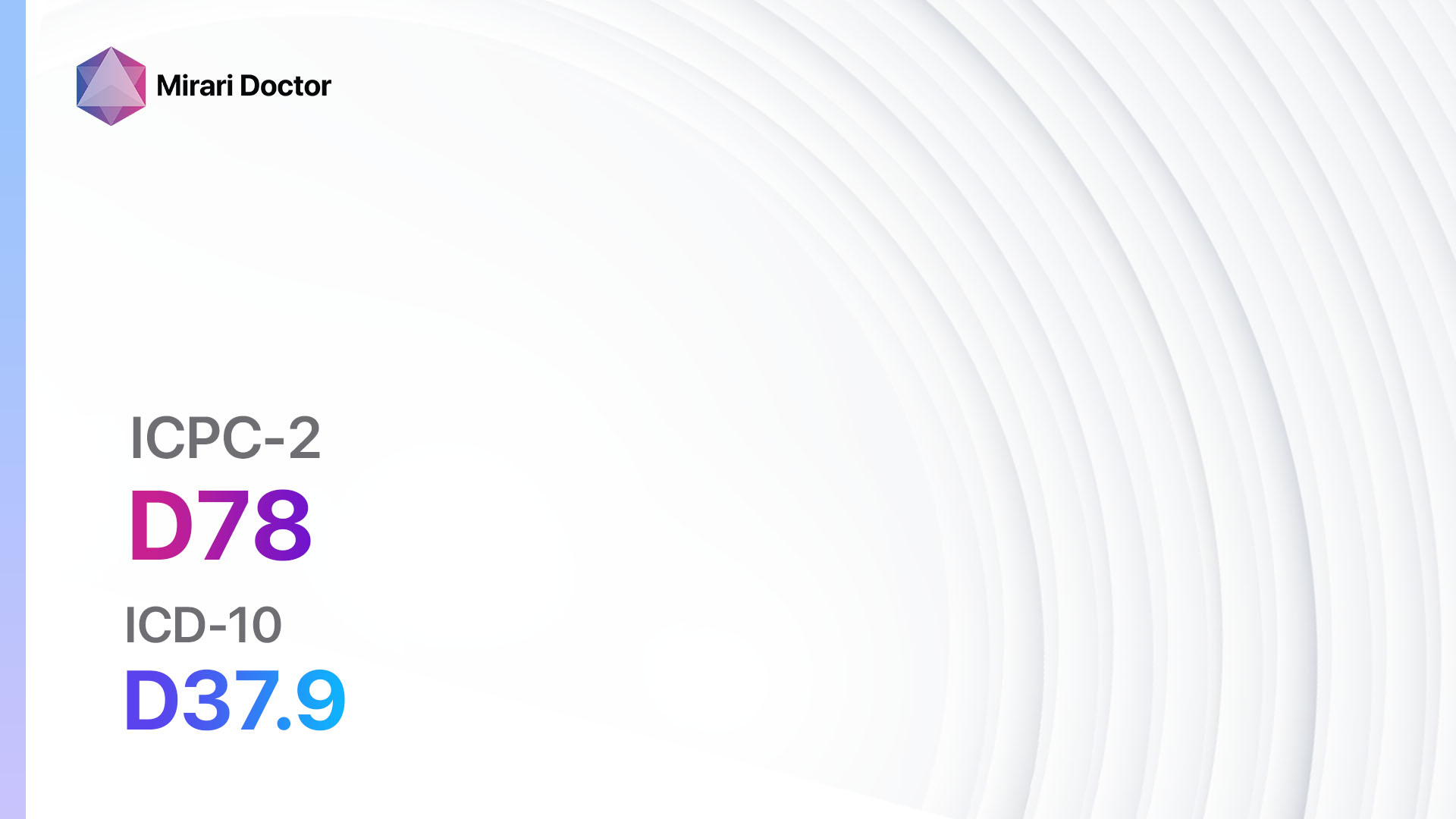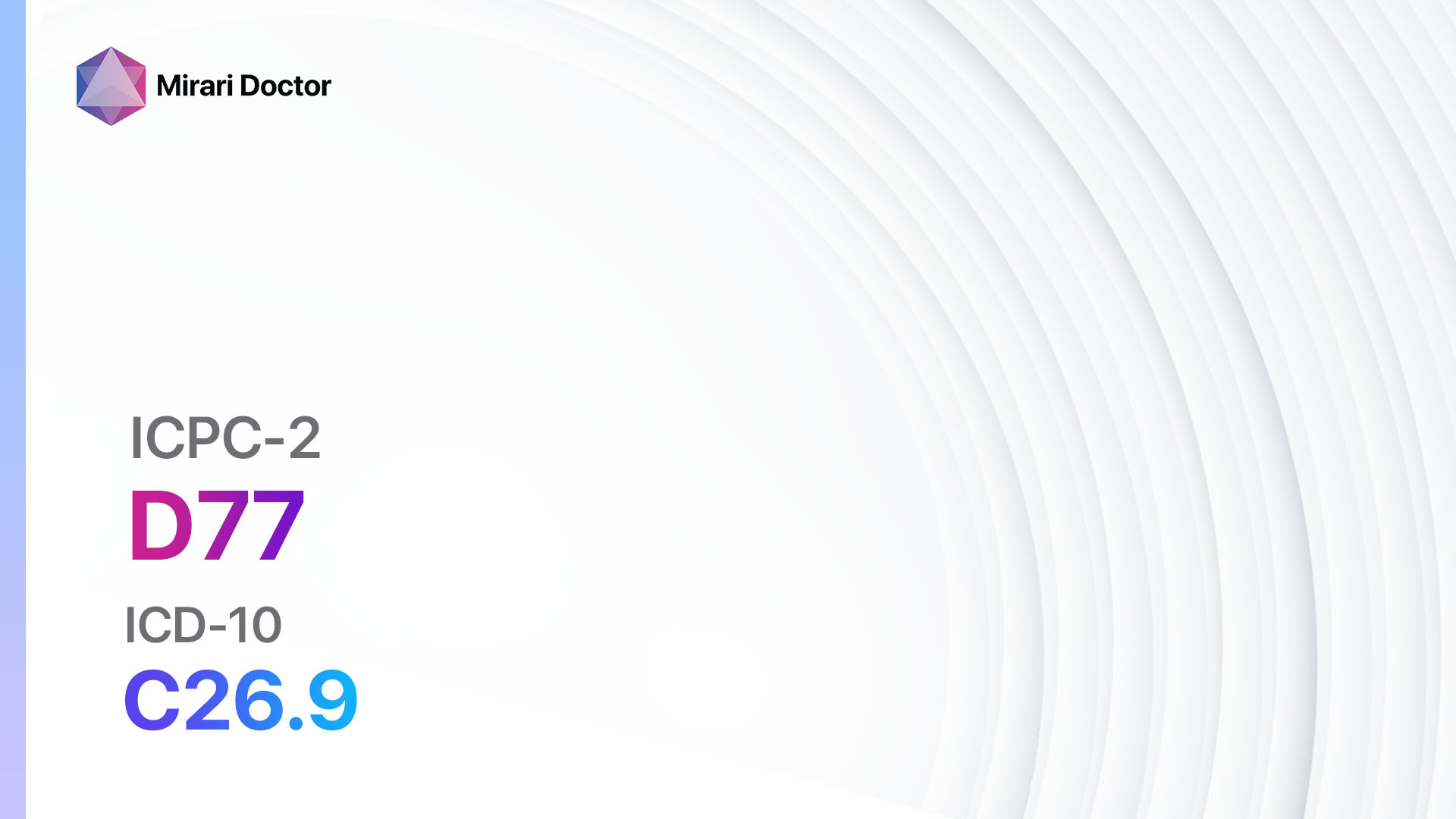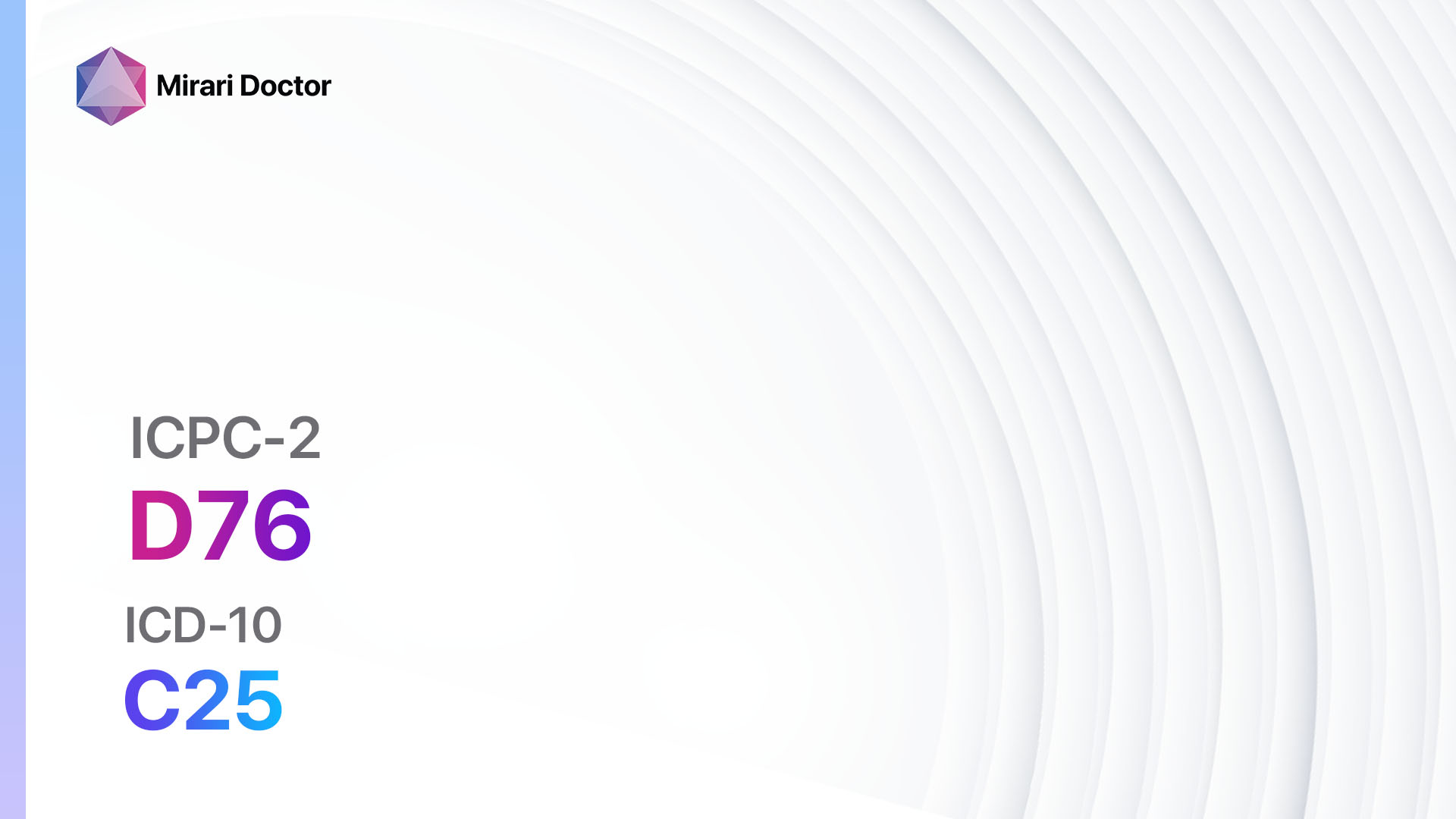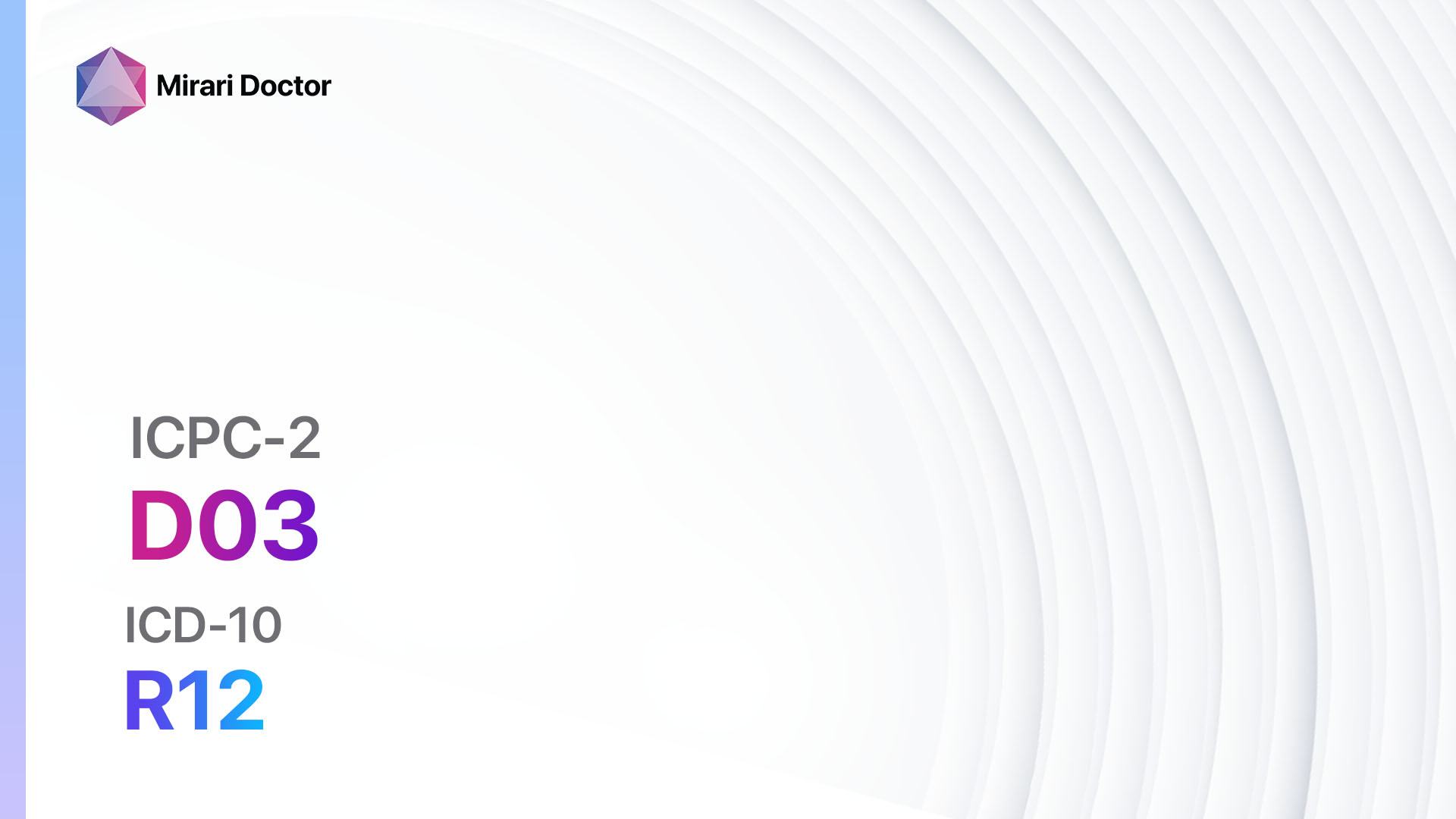
Introduction
Heartburn, also known as acid reflux, is a common condition characterized by a burning sensation in the chest or throat[1]. It occurs when stomach acid flows back into the esophagus, causing irritation and discomfort[2]. Heartburn can be a chronic condition or occur sporadically[3]. The aim of this guide is to provide an overview of heartburn, its symptoms, causes, diagnostic steps, possible interventions, and lifestyle modifications.
Codes
Symptoms
- Burning sensation in the chest or throat[6]
- Sour or bitter taste in the mouth[7]
- Regurgitation of food or liquid[8]
- Difficulty swallowing[9]
- Coughing or wheezing[10]
- Hoarseness or sore throat[10]
Causes
- Weakness or relaxation of the lower esophageal sphincter (LES)
- Hiatal hernia
- Pregnancy
- Obesity
- Certain medications (e.g., NSAIDs, calcium channel blockers)
- Smoking
- Certain foods and beverages (e.g., fatty or fried foods, chocolate, caffeine, alcohol, citrus fruits)
Diagnostic Steps
Medical History
- Gather information about the patient’s symptoms, including frequency, duration, and severity
- Identify any risk factors, such as obesity, smoking, or medication use
- Assess for any underlying medical conditions that may contribute to heartburn, such as hiatal hernia or pregnancy
Physical Examination
- Perform a thorough physical examination, focusing on the abdomen and chest
- Look for signs of inflammation or irritation in the throat or esophagus
- Check for any abdominal tenderness or masses
Laboratory Tests
- No specific laboratory tests are required for the diagnosis of heartburn
- Blood tests may be ordered to rule out other conditions or assess for complications, such as anemia or inflammation
Diagnostic Imaging
- Imaging studies are typically not necessary for the diagnosis of heartburn
- In certain cases, an upper gastrointestinal (GI) endoscopy may be performed to evaluate the esophagus and stomach for any abnormalities or complications
Other Tests
- Esophageal pH monitoring: Measures the amount of acid in the esophagus over a 24-hour period
- Esophageal manometry: Measures the pressure and movement of the esophagus and LES
- Barium swallow: Involves swallowing a contrast material and taking X-rays to evaluate the esophagus and stomach
Follow-up and Patient Education
- Schedule a follow-up appointment to assess the effectiveness of interventions and make any necessary adjustments
- Provide patient education on lifestyle modifications and the importance of adherence to treatment
Possible Interventions
Traditional Interventions
Medications:
Top 5 drugs for Heartburn:
- Antacids (e.g., Tums, Maalox):
- Cost: $3-$10 for a bottle of 60 tablets
- Contraindications: Allergy to the medication
- Side effects: Constipation or diarrhea
- Severe side effects: Rare, but may include kidney problems or electrolyte imbalances
- Drug interactions: Some antacids may interfere with the absorption of other medications
- Warning: Long-term use of antacids may mask underlying conditions and should be avoided without medical supervision
- H2 blockers (e.g., Ranitidine, Famotidine):
- Cost: $10-$30 for a month’s supply
- Contraindications: Allergy to the medication
- Side effects: Headache, dizziness, diarrhea, or constipation
- Severe side effects: Rare, but may include liver problems or blood disorders
- Drug interactions: Some H2 blockers may interact with other medications, such as anticoagulants or anticonvulsants
- Warning: H2 blockers may decrease the absorption of certain vitamins and minerals, such as vitamin B12 and calcium
- Proton pump inhibitors (PPIs) (e.g., Omeprazole, Esomeprazole):
- Cost: $20-$50 for a month’s supply
- Contraindications: Allergy to the medication
- Side effects: Headache, diarrhea, or constipation
- Severe side effects: Rare, but may include kidney problems or bone fractures
- Drug interactions: PPIs may interact with other medications, such as anticoagulants or antiplatelet agents
- Warning: Long-term use of PPIs may increase the risk of certain infections, such as Clostridium difficile infection
- Prokinetics (e.g., Metoclopramide, Domperidone):
- Cost: $10-$30 for a month’s supply
- Contraindications: Allergy to the medication, gastrointestinal bleeding, or history of seizures
- Side effects: Drowsiness, restlessness, or movement disorders
- Severe side effects: Rare, but may include neuroleptic malignant syndrome or tardive dyskinesia
- Drug interactions: Prokinetics may interact with other medications, such as antipsychotics or opioids
- Warning: Long-term use of prokinetics may increase the risk of movement disorders
- Alginate-based medications (e.g., Gaviscon):
- Cost: $10-$20 for a bottle of 60 tablets
- Contraindications: Allergy to the medication
- Side effects: Rare, but may include constipation or diarrhea
- Severe side effects: Rare, but may include allergic reactions
- Drug interactions: Alginate-based medications have minimal drug interactions
- Warning: Alginate-based medications may interfere with the absorption of other medications
Alternative Drugs:
- Herbal remedies (e.g., ginger, chamomile): May provide relief for some individuals, but evidence is limited. Cost: Varies depending on the specific remedy.
- Melatonin: May help reduce symptoms of heartburn by improving esophageal function. Cost: $10-$20 for a month’s supply.
- D-limonene: Derived from citrus peel, it may help relieve heartburn symptoms. Cost: $10-$20 for a month’s supply.
- Deglycyrrhizinated licorice (DGL): May help protect the lining of the esophagus and reduce symptoms. Cost: $10-$20 for a month’s supply.
- Gut-directed hypnotherapy: A psychological intervention that may help reduce symptoms in some individuals. Cost: $100-$200 per session.
Surgical Procedures:
- Fundoplication: Involves wrapping the upper part of the stomach around the lower esophageal sphincter to strengthen it and prevent acid reflux. Cost: $10,000-$20,000.
- LINX device: A small ring of magnetic beads is placed around the LES to help prevent acid reflux while allowing food to pass through. Cost: $10,000-$20,000.
Lifestyle Interventions
- Dietary modifications: Avoid trigger foods and beverages, such as fatty or fried foods, chocolate, caffeine, alcohol, and citrus fruits. Cost: Varies depending on individual food choices.
- Weight loss: Achieve and maintain a healthy weight to reduce pressure on the stomach and lower esophageal sphincter. Cost: Varies depending on weight loss method.
- Elevating the head of the bed: Raise the head of the bed by 6-8 inches to prevent acid reflux during sleep. Cost: $10-$50 for bed risers or foam wedges.
- Smoking cessation: Quit smoking to reduce the risk of heartburn and other related complications. Cost: Varies depending on smoking cessation method.
- Stress management: Practice stress-reducing techniques, such as meditation, yoga, or deep breathing exercises. Cost: Varies depending on individual preferences.
It is important to note that the cost ranges provided are approximate and may vary depending on the location and availability of the interventions.
Mirari Cold Plasma Alternative Intervention
Understanding Mirari Cold Plasma
- Safe and Non-Invasive Treatment: Mirari Cold Plasma is a safe and non-invasive treatment option for various skin conditions. It does not require incisions, minimizing the risk of scarring, bleeding, or tissue damage.
- Efficient Extraction of Foreign Bodies: Mirari Cold Plasma facilitates the removal of foreign bodies from the skin by degrading and dissociating organic matter, allowing easier access and extraction.
- Pain Reduction and Comfort: Mirari Cold Plasma has a local analgesic effect, providing pain relief during the treatment, making it more comfortable for the patient.
- Reduced Risk of Infection: Mirari Cold Plasma has antimicrobial properties, effectively killing bacteria and reducing the risk of infection.
- Accelerated Healing and Minimal Scarring: Mirari Cold Plasma stimulates wound healing and tissue regeneration, reducing healing time and minimizing the formation of scars.
Mirari Cold Plasma Prescription
Video instructions for using Mirari Cold Plasma Device – D03 Heartburn (ICD-10:R12)
| Mild | Moderate | Severe |
| Mode setting: 1 (Infection) Location: 4 (Heart, Bile & Pancreas) Morning: 15 minutes, Evening: 15 minutes |
Mode setting: 1 (Infection) Location: 4 (Heart, Bile & Pancreas) Morning: 30 minutes, Lunch: 30 minutes, Evening: 30 minutes |
Mode setting: 1 (Infection) Location: 4 (Heart, Bile & Pancreas) Morning: 30 minutes, Lunch: 30 minutes, Evening: 30 minutes |
| Mode setting: 2 (Wound Healing) Location: 4 (Heart, Bile & Pancreas) Morning: 15 minutes, Evening: 15 minutes |
Mode setting: 2 (Wound Healing) Location: 4 (Heart, Bile & Pancreas) Morning: 30 minutes, Lunch: 30 minutes, Evening: 30 minutes |
Mode setting: 2 (Wound Healing) Location: 4 (Heart, Bile & Pancreas) Morning: 30 minutes, Lunch: 30 minutes, Evening: 30 minutes |
| Total Morning: 30 minutes approx. $5 USD, Evening: 30 minutes approx. $5 USD |
Total Morning: 60 minutes approx. $10 USD, Lunch: 60 minutes approx. $10 USD, Evening: 60 minutes approx. $10 USD |
Total Morning: 60 minutes approx. $10 USD, Lunch: 60 minutes approx. $10 USD, Evening: 60 minutes approx. $10 USD |
| Usual treatment for 7-60 days approx. $70 USD – $600 USD | Usual treatment for 6-8 weeks approx. $1,260 USD – $1,680 USD |
Usual treatment for 3-6 months approx. $2,700 USD – $5,400 USD
|
 |
|
Use the Mirari Cold Plasma device to treat Heartburn effectively.
WARNING: MIRARI COLD PLASMA IS DESIGNED FOR THE HUMAN BODY WITHOUT ANY ARTIFICIAL OR THIRD PARTY PRODUCTS. USE OF OTHER PRODUCTS IN COMBINATION WITH MIRARI COLD PLASMA MAY CAUSE UNPREDICTABLE EFFECTS, HARM OR INJURY. PLEASE CONSULT A MEDICAL PROFESSIONAL BEFORE COMBINING ANY OTHER PRODUCTS WITH USE OF MIRARI.
Step 1: Cleanse the Skin
- Start by cleaning the affected area of the skin with a gentle cleanser or mild soap and water. Gently pat the area dry with a clean towel.
Step 2: Prepare the Mirari Cold Plasma device
- Ensure that the Mirari Cold Plasma device is fully charged or has fresh batteries as per the manufacturer’s instructions. Make sure the device is clean and in good working condition.
- Switch on the Mirari device using the power button or by following the specific instructions provided with the device.
- Some Mirari devices may have adjustable settings for intensity or treatment duration. Follow the manufacturer’s instructions to select the appropriate settings based on your needs and the recommended guidelines.
Step 3: Apply the Device
- Place the Mirari device in direct contact with the affected area of the skin. Gently glide or hold the device over the skin surface, ensuring even coverage of the area experiencing.
- Slowly move the Mirari device in a circular motion or follow a specific pattern as indicated in the user manual. This helps ensure thorough treatment coverage.
Step 4: Monitor and Assess:
- Keep track of your progress and evaluate the effectiveness of the Mirari device in managing your Heartburn. If you have any concerns or notice any adverse reactions, consult with your health care professional.
Note
This guide is for informational purposes only and should not replace the advice of a medical professional. Always consult with your healthcare provider or a qualified medical professional for personal advice, diagnosis, or treatment. Do not solely rely on the information presented here for decisions about your health. Use of this information is at your own risk. The authors of this guide, nor any associated entities or platforms, are not responsible for any potential adverse effects or outcomes based on the content.
Mirari Cold Plasma System Disclaimer
- Purpose: The Mirari Cold Plasma System is a Class 2 medical device designed for use by trained healthcare professionals. It is registered for use in Thailand and Vietnam. It is not intended for use outside of these locations.
- Informational Use: The content and information provided with the device are for educational and informational purposes only. They are not a substitute for professional medical advice or care.
- Variable Outcomes: While the device is approved for specific uses, individual outcomes can differ. We do not assert or guarantee specific medical outcomes.
- Consultation: Prior to utilizing the device or making decisions based on its content, it is essential to consult with a Certified Mirari Tele-Therapist and your medical healthcare provider regarding specific protocols.
- Liability: By using this device, users are acknowledging and accepting all potential risks. Neither the manufacturer nor the distributor will be held accountable for any adverse reactions, injuries, or damages stemming from its use.
- Geographical Availability: This device has received approval for designated purposes by the Thai and Vietnam FDA. As of now, outside of Thailand and Vietnam, the Mirari Cold Plasma System is not available for purchase or use.
References
- Healthline. (n.d.). Heartburn: Symptoms, Causes, and How to Get Rid of It. Retrieved from https://www.healthline.com/health/heartburn
- Mayo Clinic. (2021). Heartburn – Symptoms and causes. Retrieved from https://www.mayoclinic.org/diseases-conditions/heartburn/symptoms-causes/syc-20373223
- Cleveland Clinic. (2021). Heartburn: What It Feels Like, Causes & Treatment. Retrieved from https://my.clevelandclinic.org/health/diseases/9617-heartburn-overview
- RxReasoner. (n.d.). ICPC-2 Code: D03 Heartburn. Retrieved from https://www.rxreasoner.com/icpc2codes/D03
- ICD10Data.com. (2021). 2021 ICD-10-CM Diagnosis Code R12: Heartburn. Retrieved from https://www.icd10data.com/ICD10CM/Codes/R00-R99/R10-R19/R12-/R12
- MedicalNewsToday. (2020). Heartburn: Causes, symptoms, and treatments. Retrieved from https://www.medicalnewstoday.com/articles/9151
- Everyday Health. (2021). Heartburn Causes, Symptoms, and Diagnosis. Retrieved from https://www.everydayhealth.com/gerd/heartburn-causes-symptoms-diagnosis/
- WebMD. (n.d.). Heartburn: Causes, Symptoms, and Treatment. Retrieved from https://www.webmd.com/heartburn-gerd/understanding-heartburn-basics
- Healthline. (n.d.). GERD Testing and Diagnosis. Retrieved from https://www.healthline.com/health/gerd/gerd-test
- Mayo Clinic. (2021). Heartburn – Diagnosis & treatment. Retrieved from https://www.mayoclinic.org/diseases-conditions/heartburn/diagnosis-treatment/drc-20373229
Related articles
Made in USA


